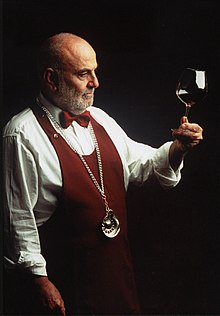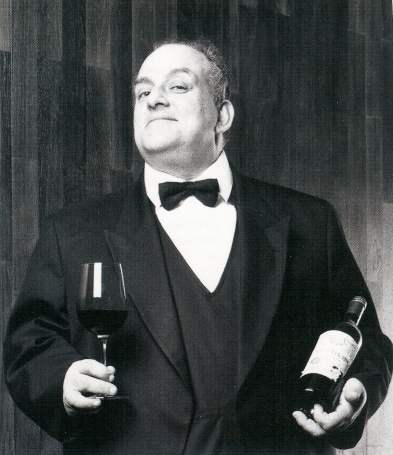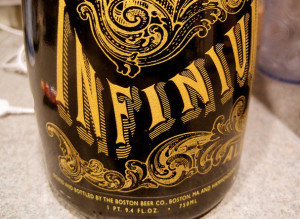So, as the title of the post might suggest…I’m sick. No one
likes being sick and as much fun as the Nyquil and EmergenC are, figuring out
how to cure what ails you with more “homeopathic” methods can make being sick
at least slightly more amusing.
I know saying that alcohol can assist in healing will upset
some people. They will more than likely state that alcohol actually weakens the
immune system and makes sickness last even longer. To that, I make two cases.
My first is to point out that a lot of the modern medications out there
actually include small amounts of alcohol. Secondly, I am speaking about this
from two perspectives: the assumption of moderation and the historical use of
alcohol for healing. So, with that little argument set aside, lets talk a
little about the history of healing with alcohol.
Evidence of early liqueurs date as far
back as the 10th century, where herb and fruit elixirs were used as
medicines by ancient civilizations. This
tradition was carried through many centuries later into some of the most well
known cocktail ingredients of today. Two such ingredients were Benedictine and
Green Chartreuse. Both of these were made by monks and thought to have medicinal applications
long before they became ingredients in modern cocktails. The next thing to
examine is bitters. Most bitters are made from an alcohol base (Fee Brothers is
the most well known non alcoholic bitter). For years,
they were sold at pharmacies as cures for everything from stomach sickness to
headaches. Bartenders to this day believe in the power of bitters for hangovers and stomach ailments. To put an even more modern perspective on the healing powers of
alcohol, we examine the history of rum. Until 1970, the Royal Navy gave out
high proof rum rations as a way to combat disease, though over the years the
rations decreased because of the adverse effects of alcohol on the performance
of the sailors. This just goes to show that the tradition of using alcohol for
medicinal purposes has been a common one for centuries and I figured, why not
try some things to help me kick my cold.
For this, I decided to make a few
cocktails using some of these classic “healing agents” and show you a few that
might help you feel a little better while all bundled up.
The Hot Toddy
This classic winter drink is great for
keeping you warm. There are a few ways of making this drink. The instructions
are below:
1 ½ oz of Irish
whiskey (Greenore is my favorite), Bourbon (like Makers 46 of Bookers) or Rum
(Cruzan Black Strap is my favorite)
¼ lemon
¼ oz honey
1 tea bag or fresh baking spices like cinnamon, cloves,
allspice
3 oz hot water
In a mug or Irish coffee mug, pour the honey, lemon
juice, and liquor of choice in the bottom. In hot water, either steap the tea
bag of the spices (or both for more intense flavor) for 3 minutes. When it is
ready, pour of the mixture in the mug and stir. Garnish with a cinnamon stick
and either a lemon wedge or twist. Sit back and sip.
The Cartesian Sure
Named for the monks who gave us Green Chartreuse, this
cocktail is an instant feel better. This is one of those magical cocktails that
I’m convinced would heal a broken leg if you poured it on it.
1 oz Irish Whiskey (again, for this I use Greenore)
1 oz sweet vermouth of choice
1 oz Green Chartreuse
2 dashes of Angostura bitters
Combine these ingredients in a small saucepan and heat on
low heat, until steam starts to appear. You don’t want to heat too much or the
alcohol will burn off. Once warm, pour into a glass that is safe for you to
grip when warm. Then sit back, relax,
and let the healing powers take over.
Ginger Toddy
This combines the healing power of ginger and bourbon.
Can’t really go wrong with this combination.
1 oz favorite bourbon (I used Bakers for this)
½ oz ginger beer
¼ oz honey
Squeeze of lemon
Hot water
Combine ingredients in mug Irish Coffee mug. The ginger
beer measurements can be altered depending on how much of the ginger spice you
want in your drink. The kind of ginger beer also matters to for the taste. Some are more sugar based and others carry more of the spicy nature of ginger. Garnish with candied ginger or orange twist.
Hopefully these give you some ideas on how to feel a
little better as the weather gets colder and the germs start to roll through
the office. Stay healthy, drink smart, and happy sipping as always! Cheers.









